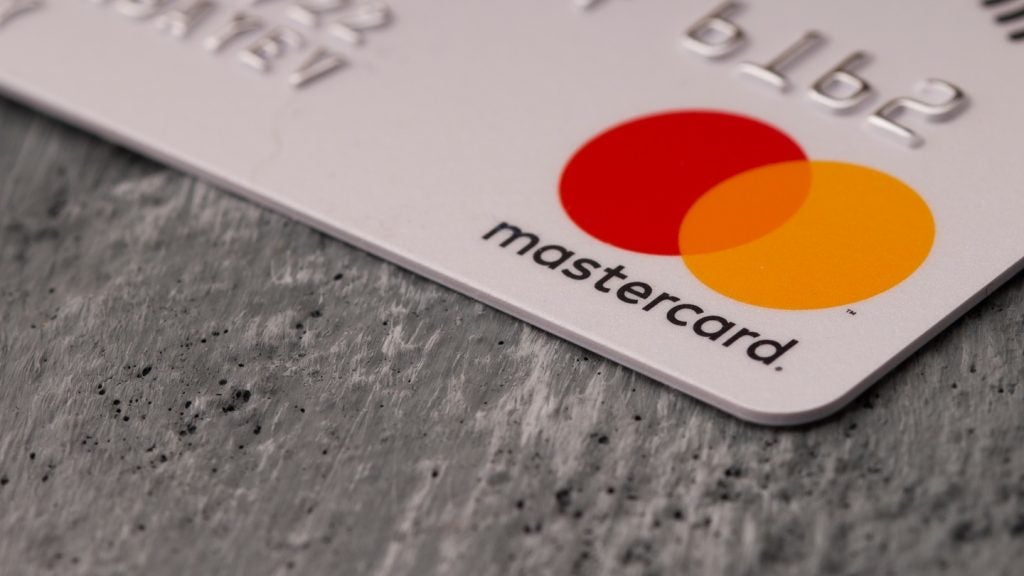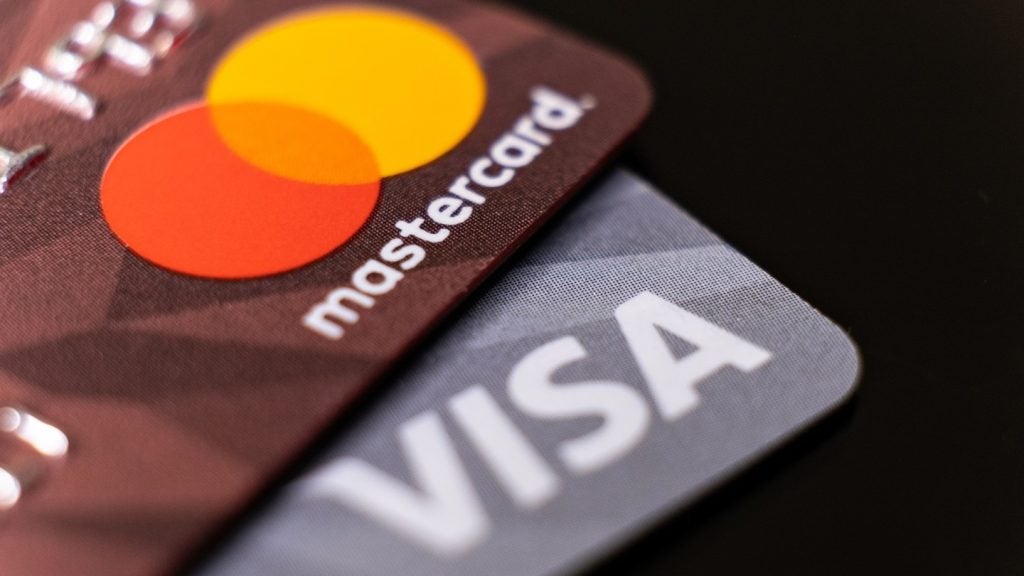Russia has made substantial progress in terms of financial inclusion, with numerous government programmes to promote use of card payments and other services. Economic issues and sanctions against the country following the conflict in Crimea have created challenges, although e-commerce’s growth is a positive step forward
Despite economic turmoil, the Russian payment card market grew substantially between 2011 and 2015, in terms of both volume and value. Economic growth has been slow, mainly as a result of falling global commodity and oil prices, and US sanctions against Russia.

Access deeper industry intelligence
Experience unmatched clarity with a single platform that combines unique data, AI, and human expertise.
The Russian government has taken several initiatives to promote electronic payments in the country over the past five years, in the form of financial inclusion programmes, regulation to cap cash payments, and the introduction of the National Payment Card System (NPCS).
A number of initiatives were taken to speed up the pace of financial inclusion in the country. These include the appointment of non-banking agents, allowing them to offer services such as opening savings accounts, and making loan repayments, money transfers and tax payments.
The Financial Inclusion and Shadow Banking: Innovation and Proportionate Regulation for Balanced Growth seminar, featuring 100 participants from 28 countries, was co-hosted by the central bank of Russia and the Alliance for Financial Inclusion (AFI) in Moscow in November 2015. In October 2014, the central bank of Russia and AFI co-hosted a similar workshop in Moscow to improve financial inclusion.
Consequently, Russia has made substantial progress in terms of financial inclusion according to the World Bank’s Global Findex survey 2014, with the percentage of the Russian population aged 15 or above with an account at a financial institution rising from 48.2% in 2011 to 67.4% in 2014. These initiatives are anticipated to encourage electronic payments and reduce dependence on cash.

US Tariffs are shifting - will you react or anticipate?
Don’t let policy changes catch you off guard. Stay proactive with real-time data and expert analysis.
By GlobalData
Russia develops its own domestic system
Following Russia’s invasion of Crimea in March 2014, the US government imposed sanctions against Russia; consequently, Visa and MasterCard stopped processing card payments in Russia. To counteract this, the Russian government created the NPCS in April 1, 2014, and the national payment card, Mir was launched in December 2015.
The government plans to issue Mir cards on a large scale, and promote the card among government employees in 2016. A total of 35 banks have expressed an interest in issuing Mir cards, and seven banks have already issued the cards during its pilot.
To develop the new payment system and Mir cards, the Russian government set a condition for Visa and MasterCard to make a security deposit equalling 25% of their average daily turnover with the central bank, if they wanted to operate in Russia.
After a series of negotiations, however, Visa and MasterCard agreed to join the NPCS. On January 12, 2015, MasterCard signed an agreement to join the NPCS, while Visa signed a similar agreement on February 19, 2015; from April 1, 2015, both companies started processing domestic card payments through the new system.
Gradual uptake of contactless
Contactless technology is expected to gain prominence among Russian consumers. The Russian government is also actively involved in the promotion of contactless technology, especially on public transport.
Banks and payment service providers are also keen to promote contactless technology, and are launching new services to increase uptake.
The latest of these is the launch of the Visa Qiwi Wallet in August 2015, which incorporates Visa’s payWave contactless technology by Visa and Qiwi.
In June 2013, Russia Standard Bank, MasterCard and Mobile TeleSystems launched contactless m-payment service. Similarly, Mobile Telesystems (MTS), a leading telecommunication operator, introduced contactless payment facilities in Lukoil petrol stations in Perm and the Moscow subway in 2010, followed by Megafon in 2011, which launched contactless payments in the St Petersburg subway.

Growing e-commerce opportunities
The e-commerce transaction value rose from $11.1bn (RUB325.9bn) in 2011 to $15.8bn in 2015, at a compound annual growth rate (CAGR) of 9.27%.
The value is expected to increase further, at a CAGR of 17.08%, to reach $30.8bn by 2020. An increased number of internet users in Russia, with a penetration rate of 71.1% in 2015, rising consumer preference for online shopping and the availability of online sites supported growth in e-commerce.
The growing e-commerce market has attracted international online retailers. For instance, eBay launched a Russian-language online marketplace in 2013, providing a platform for merchants from the US and the UK to sell goods and services in Russia.
eBay also launched a daily deal app which offers coupons that can be redeemed for goods and services at partner stores in Moscow.
Online retailers are also offering their own delivery services in Russia. For instance, Rocket Internet AG offers the Lamoda Express delivery service. Similarly, Russian online retailer Ozon offers the O-Courier service, which also delivers for other online retailers in the country.
While consumers in Russia mostly opt for traditional methods such as payment cards and cash on delivery to pay for online purchases, digital wallets such as Yandex.Money, WebMoney, Visa Qiwi Wallet and PayPal are gaining popularity.

Increasing number of POS terminals
The number of POS terminals in Russia increased at a CAGR of 28.59% from 557,366 in 2011 to 1.5 million in 2015; the number is expected to reach 2.7 million in 2020.
With the increased number of POS terminal installations at retail outlets, the potential for card payments is also expected to grow.
Russian Standard Bank, in partnership with mobile app developer CCT Company, launched the Ingenico RP750 mPOS terminals for SMEs in March 2015.
The terminals are EMV-compliant and include a chip-and-PIN reader; they can be connected to mobile phones through an audio jack or Bluetooth. Similarly, from May 2015 Surgutneftegasbank started offering mPOS terminals designed to accept chip-and-PIN and contactless payments. The terminals were developed in partnership with the CCT Company. <







